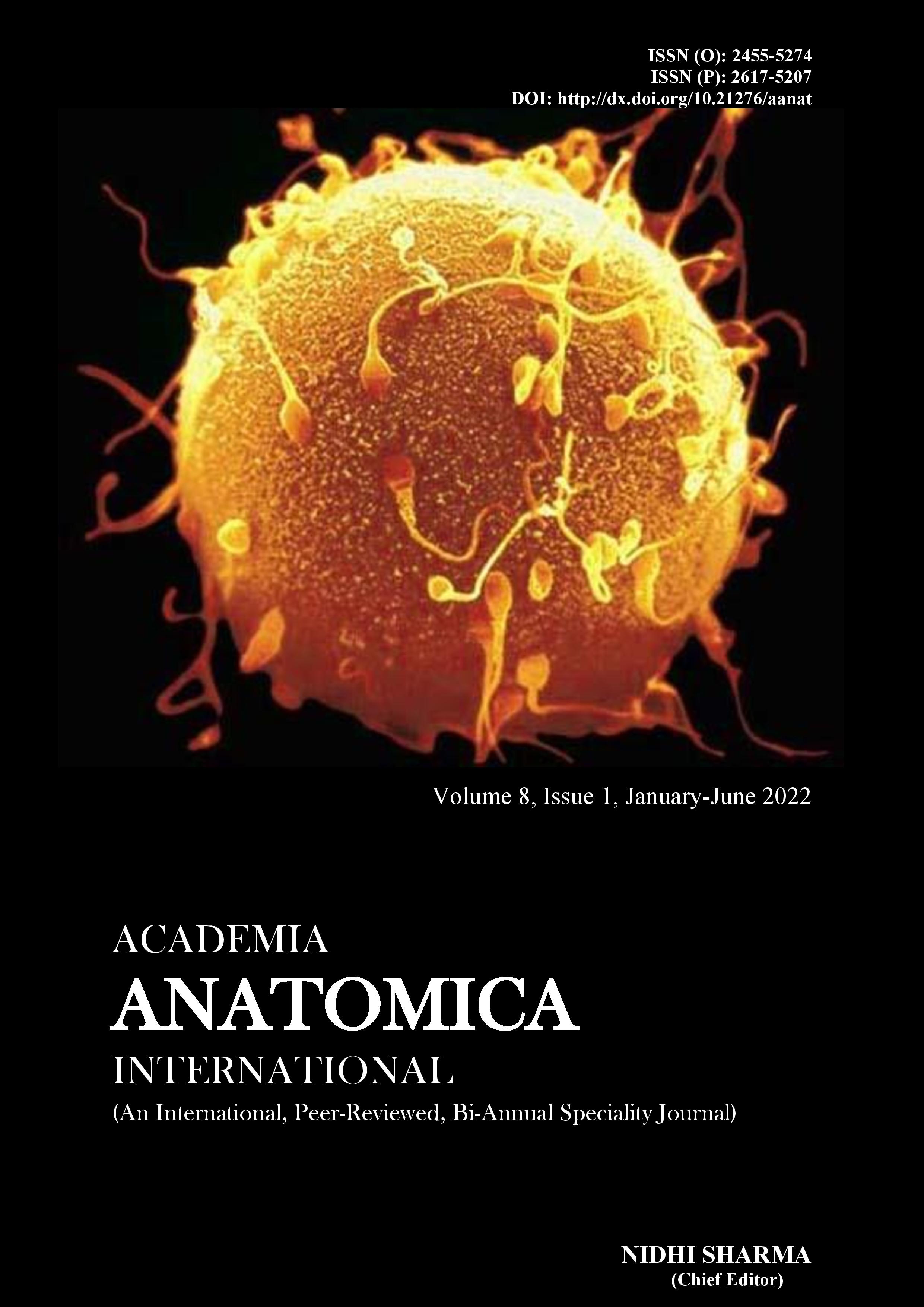Plastination Technique and Its Impact on Medical Education
Plastination Technique and Its Impact on Medical Education
Abstract
Introduction: Plastination has been one of the most effective preservative methods for organic tissue during the last four decades. In this technique, water and lipid content present within biological tissue samples are substituted by polymers (silicone, epoxy, polyester), resulting in dry, durable, and odourless specimens. Plastinated specimens are now used as teaching tools and various medical disciplines, such as anatomy, pathology, radiology, surgery, and so on across the world. Since its development by Gunther von Hagens in 1977, plastination is getting increasing acceptance by the day and proving itself to be an excellent resource material for both teaching and learning. This review highlights the origin, procedure, types, significance, and drawbacks of plastination along with its ethical aspects.
Downloads
Copyright (c) 2022 Author

This work is licensed under a Creative Commons Attribution 4.0 International License.





